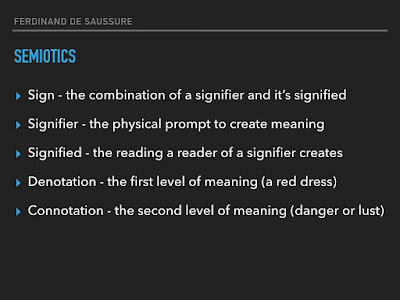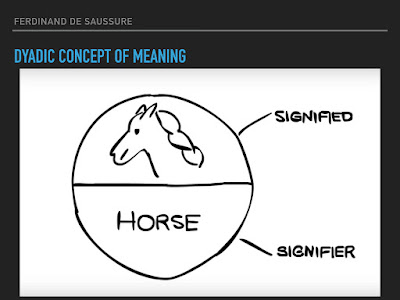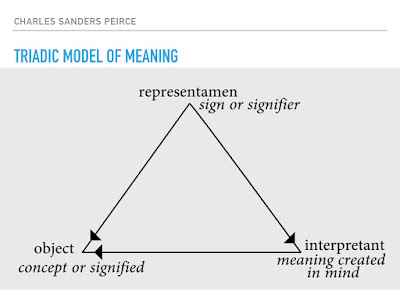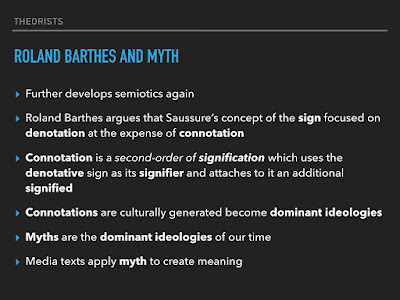How do you answer this question?
Well I tell you?
You need to pick 2 media from this list:
- Film
- Music
- Games
- TV
- Newspaper
You need to talk about only 2 media in your answer.
Start by introducing the question and telling me that you plan to discuss this area. Briefly outline what media you are going to use and mention a case study you may refer to.
In the main answer you need to refer to theorists and back these up by case studies
Case studies need to have the following information:
- Date released
- Name of producer/artist/company
- The reason you are talking about them
- Sales figures/downloads/watches
You need around 2 theorists per media, try to argue them against each other or use them to back each other. Ensure you answer the question, this question is about producers, but you will talk about audiences becoming producers.
Use terminology:
- web 2.0
- synergy
- convergence
- prosumer
- consumption
- wikinomics
Conclude you findings and remind me what you have discussed and talk about what may happen in the future.
Your answer must also refer to past, present and future.
Deadline: 8/01/2018

.jpg/440px-TNW_Con_EU15-Andrew_Keen_(4).jpg)












































